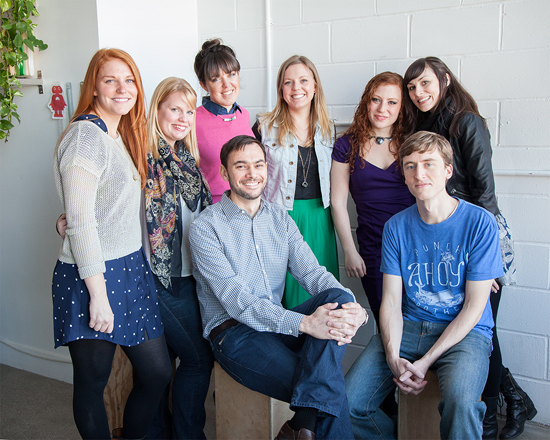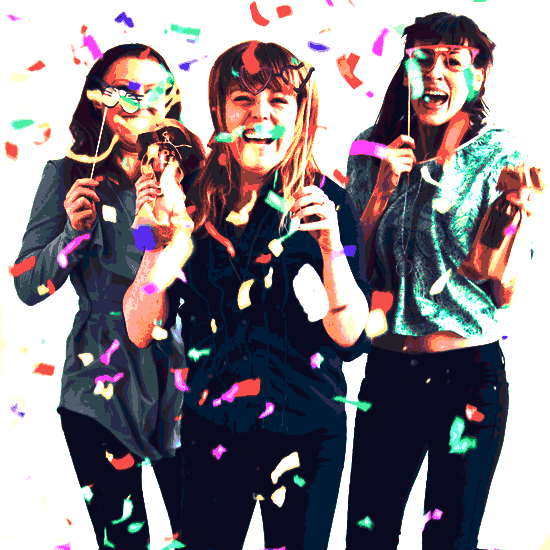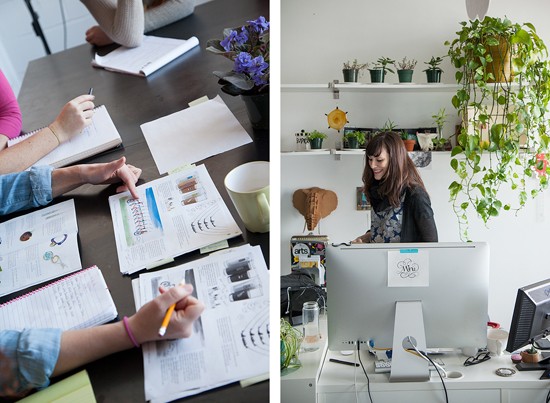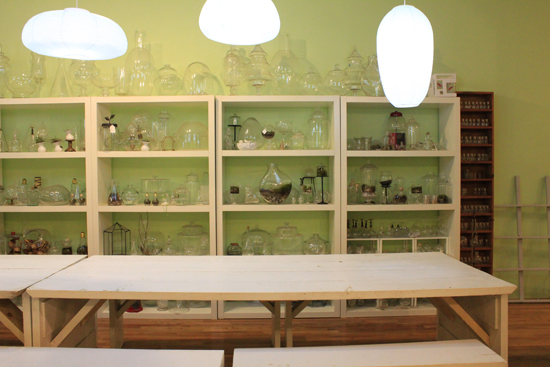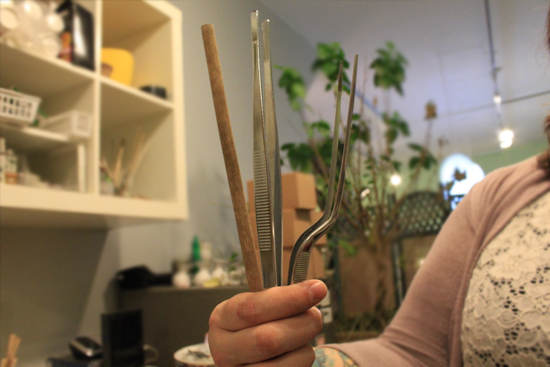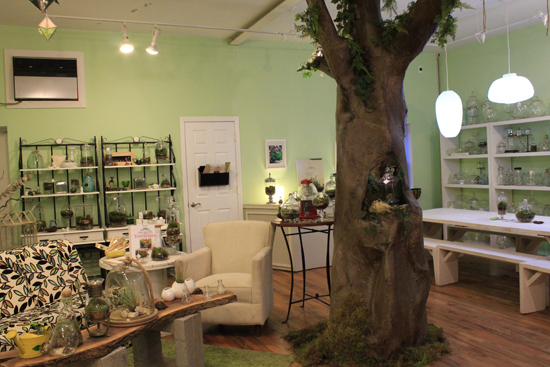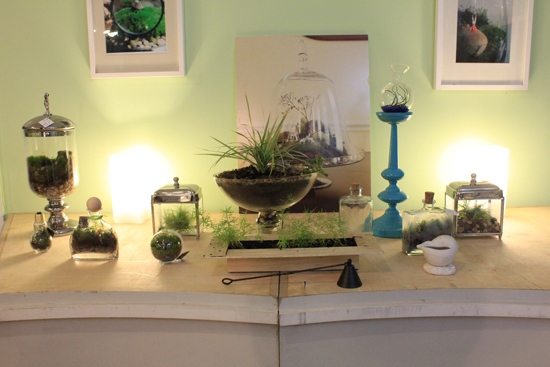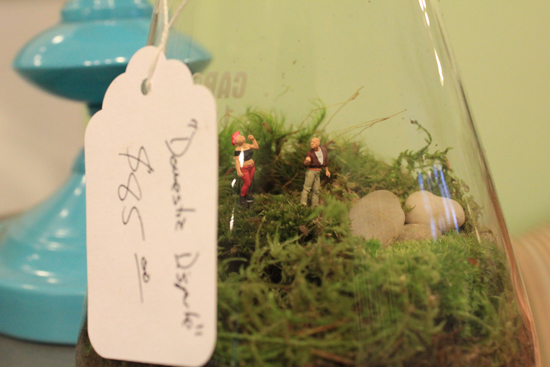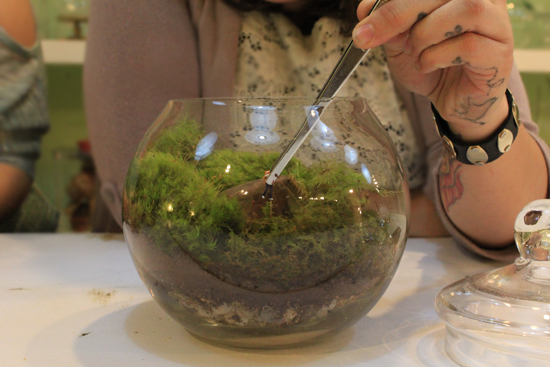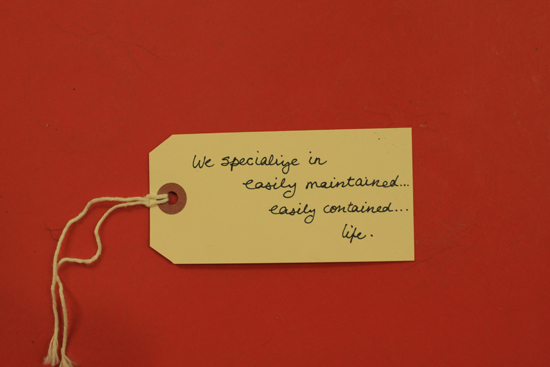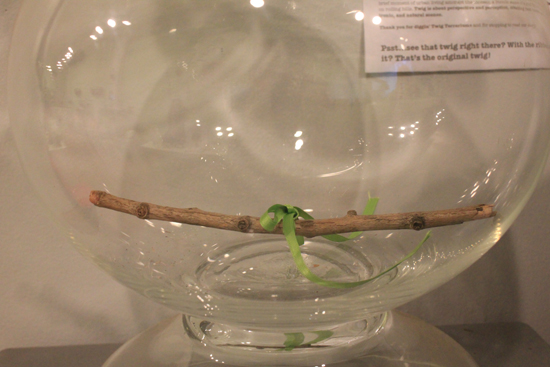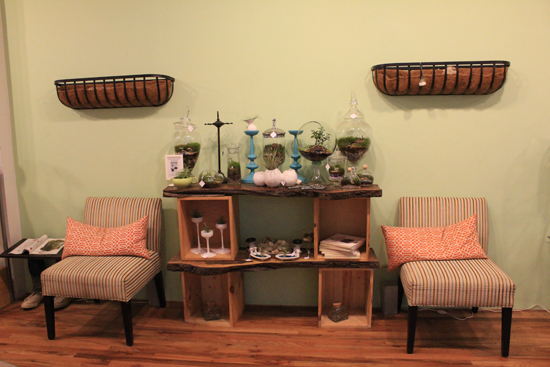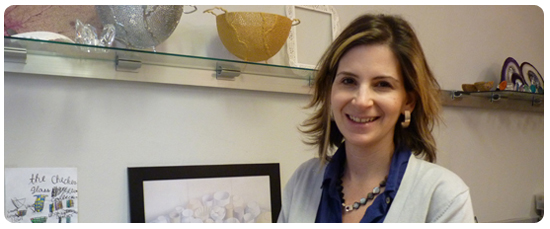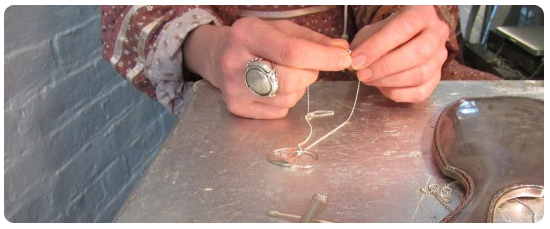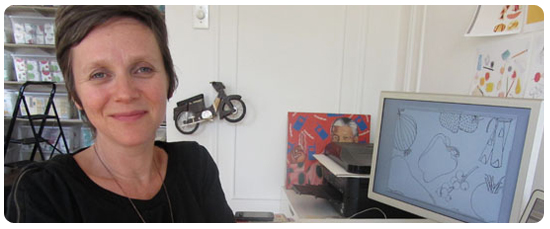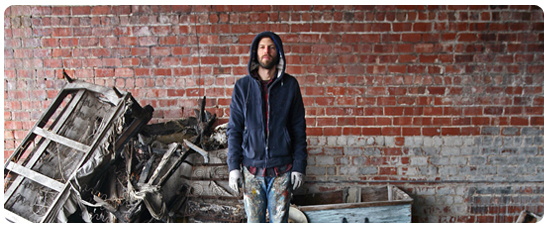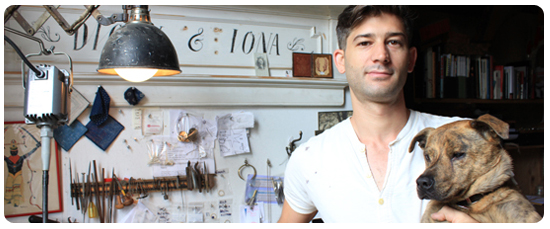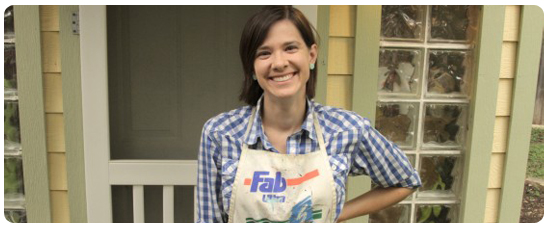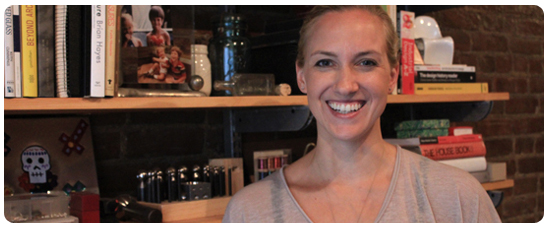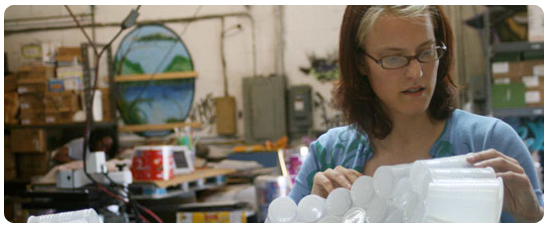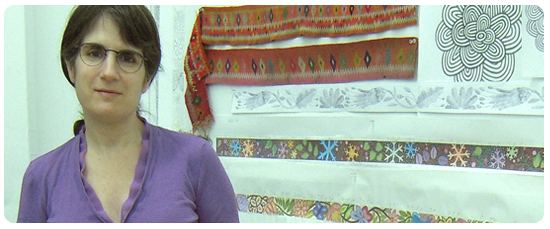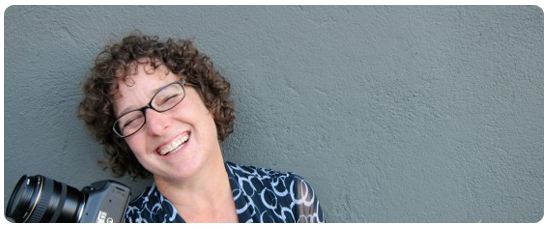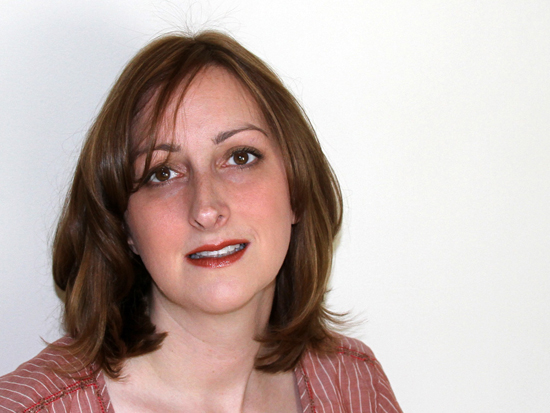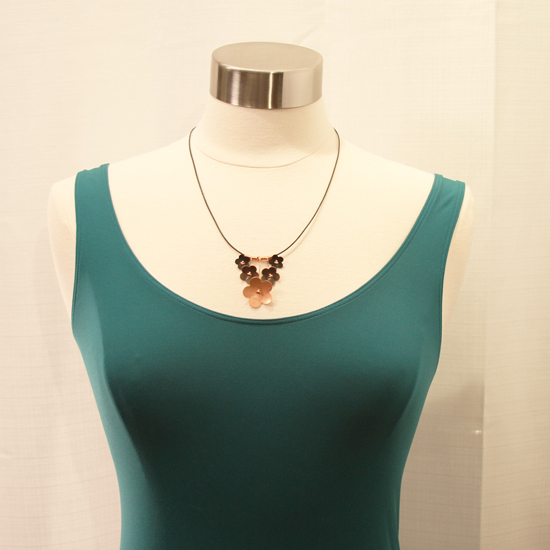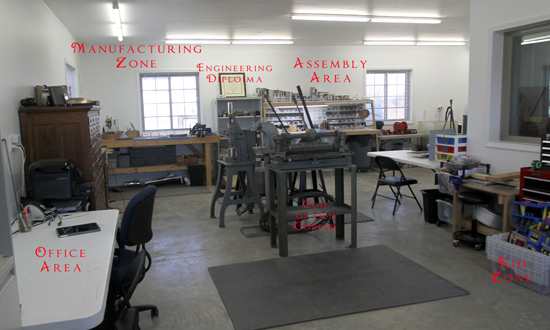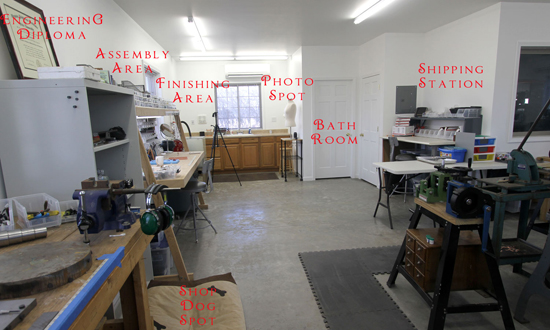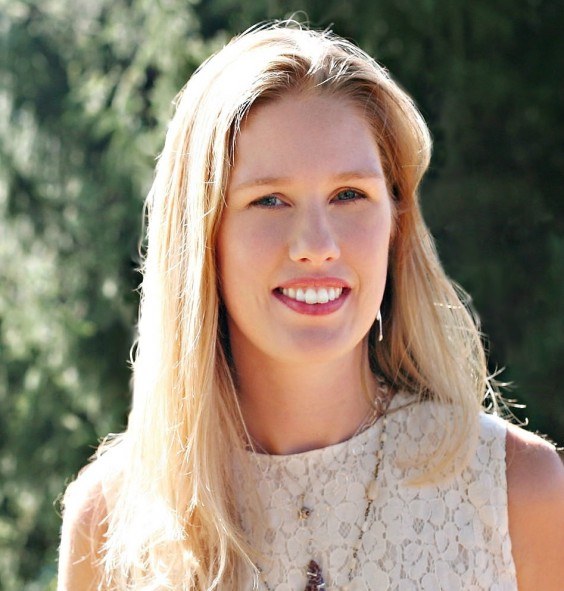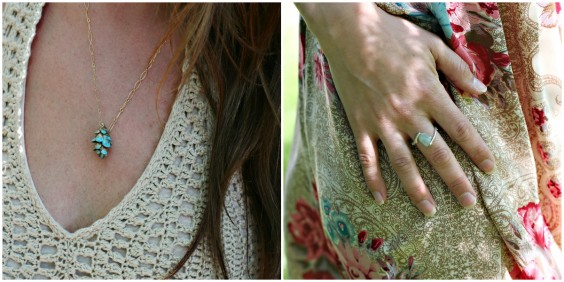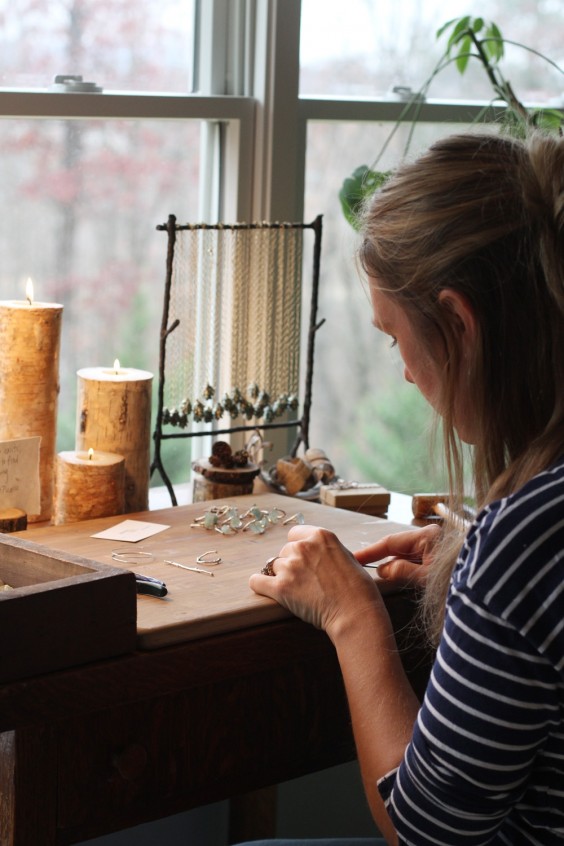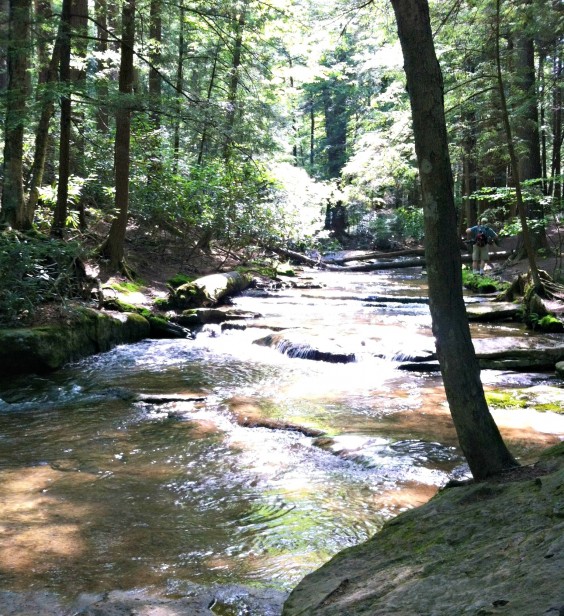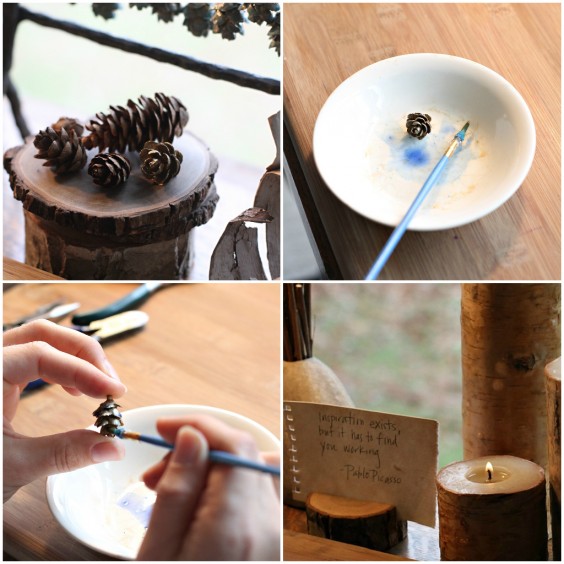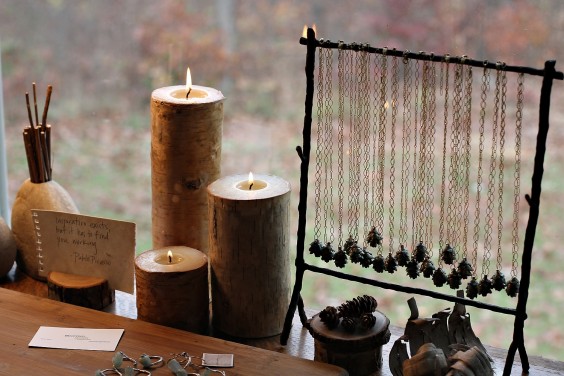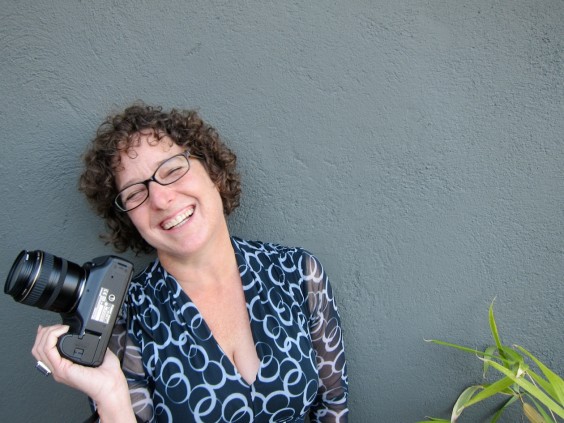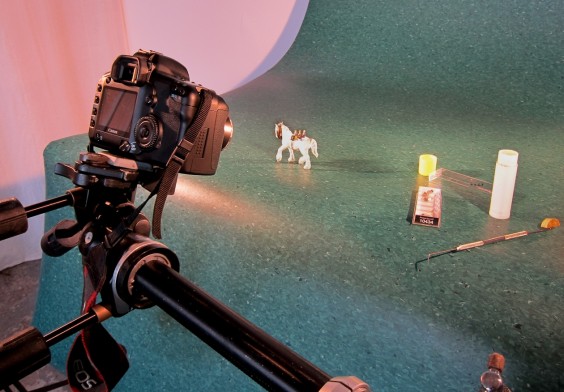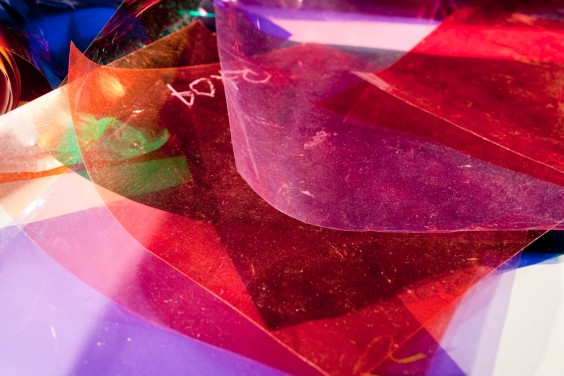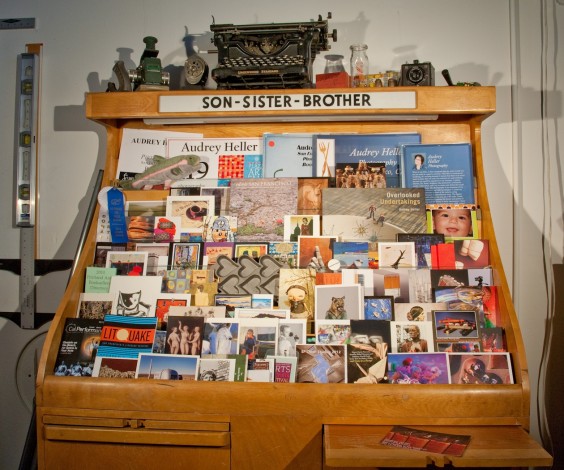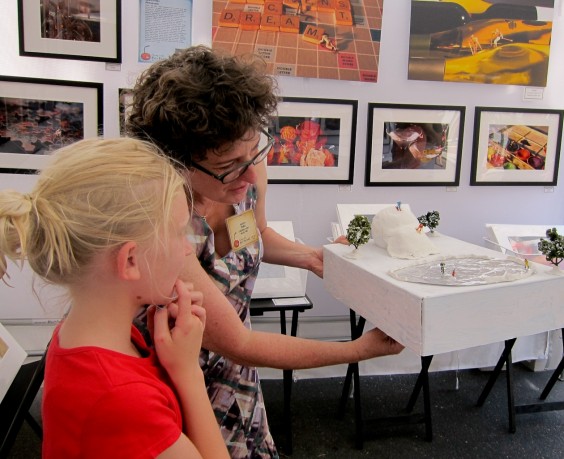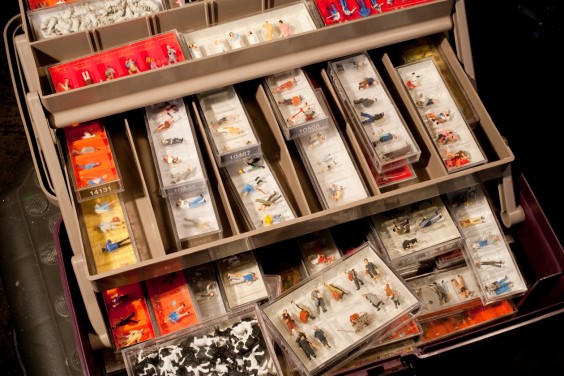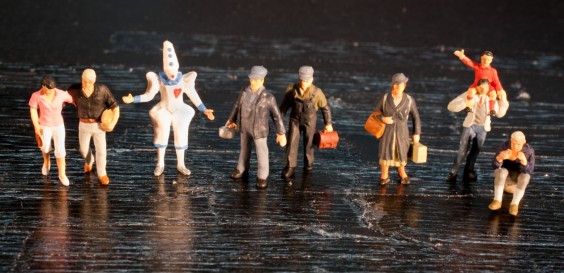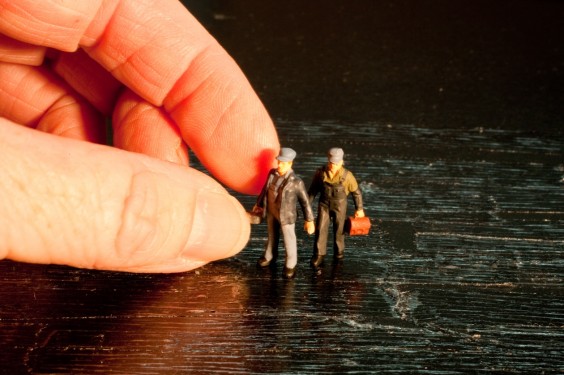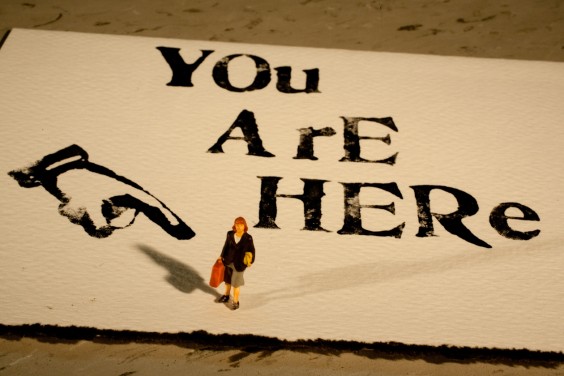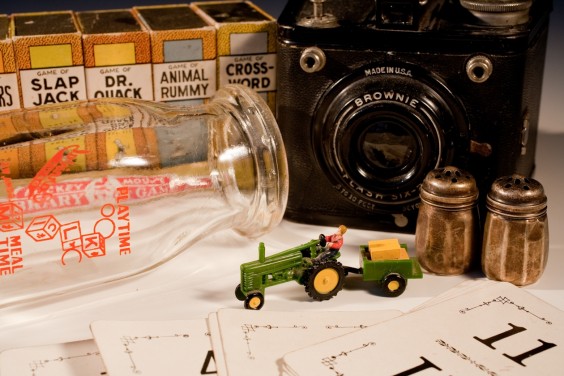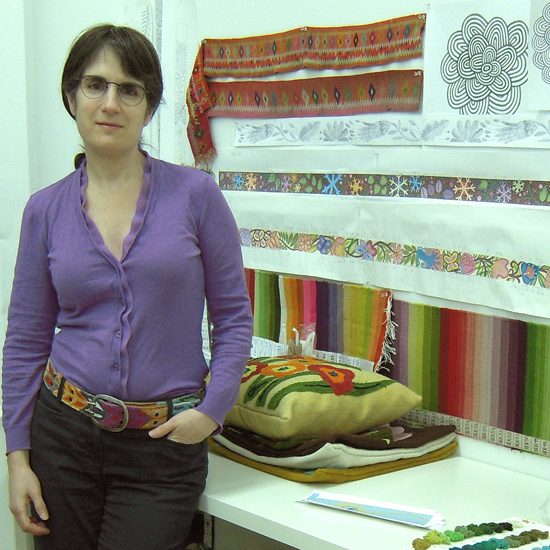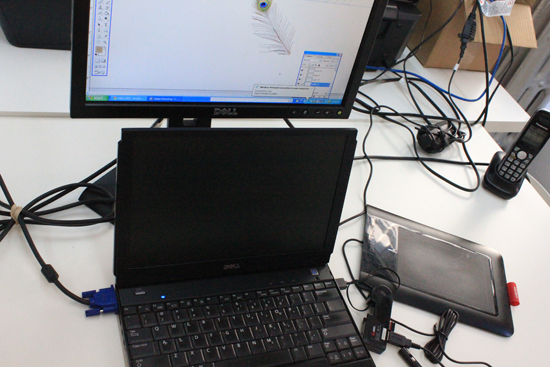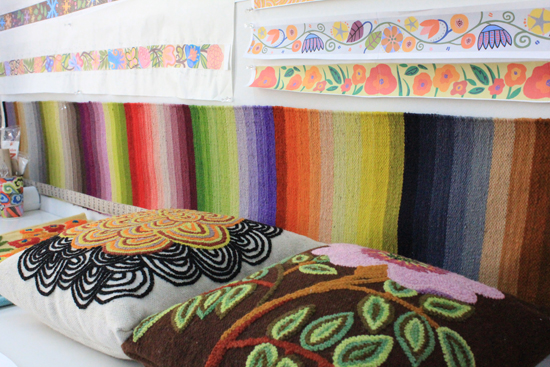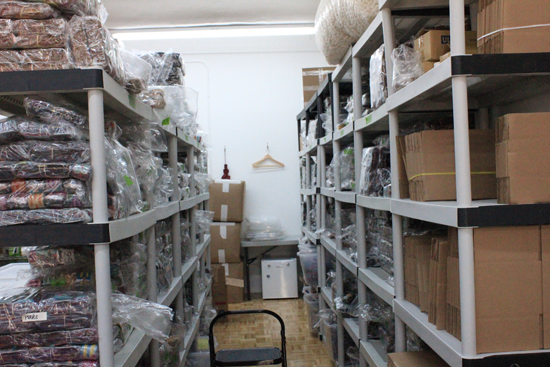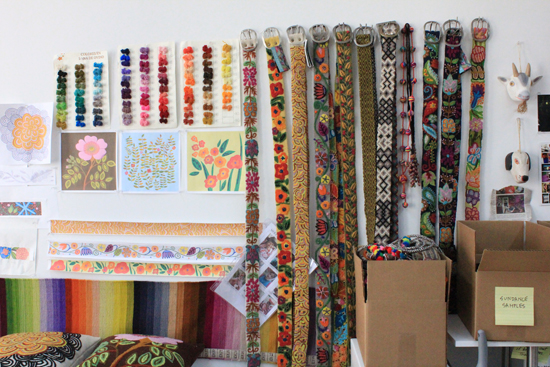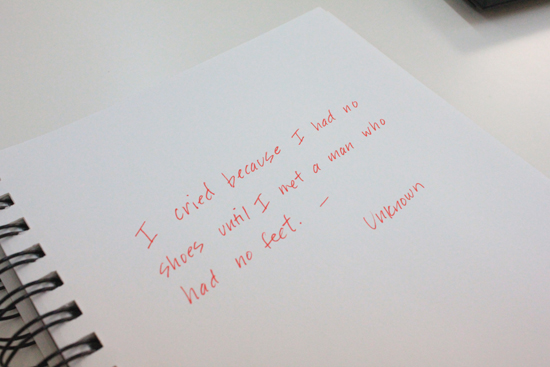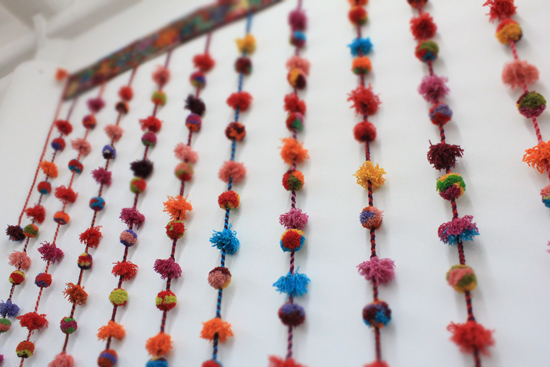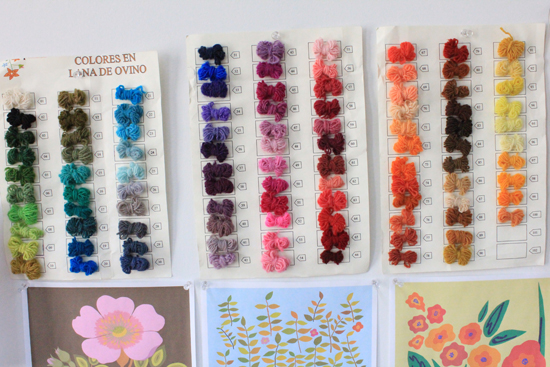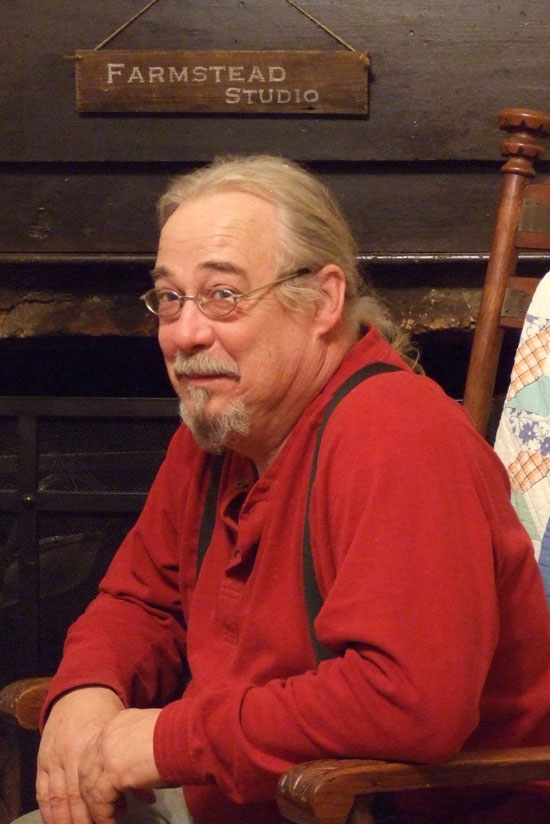 Our busy year of design challenges started off with a call for garden decor in January. With entries from across the country of sculptures, planters and birdhouses, our judges Katie and Chris had the difficult task of picking a winner. They decided on a design they considered to be a triple threat- with beautiful craftsmanship; a creative, unique design; and functional. What they didn’t realize during their deliberation, that they were inviting Beau Lyday of North Carolina into the UncommonGoods artist family. Meet Beau, a carpenter whose skills were passed from generations and a philosopher whose view on art and life is sure to inspire.
Our busy year of design challenges started off with a call for garden decor in January. With entries from across the country of sculptures, planters and birdhouses, our judges Katie and Chris had the difficult task of picking a winner. They decided on a design they considered to be a triple threat- with beautiful craftsmanship; a creative, unique design; and functional. What they didn’t realize during their deliberation, that they were inviting Beau Lyday of North Carolina into the UncommonGoods artist family. Meet Beau, a carpenter whose skills were passed from generations and a philosopher whose view on art and life is sure to inspire.
What was the inspiration behind the Garden Tool Box Tote?
My wife loves Pinterest and she pinned a garden box on her “Projects for Beau” board. Using the rake for a handle was a really neat idea. I made her a gothic style garden box for a present. That got me thinking about my grandfather Pennington. He was a carpenter. He passed before I was born, but I remember playing with his tool box in the shed. Wooden tool boxes used to be a commonplace item, but are rare now. Using the handle idea and my memories of my granddads tool box, I came up with a strong serviceable garden tool box tote.
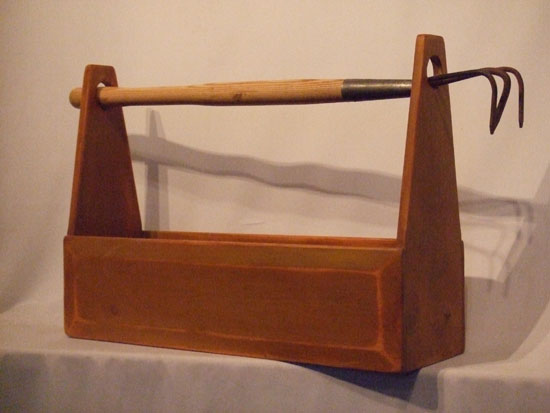 Who or what are some of your design influences?
Who or what are some of your design influences?
My Father helped me make a stool when I was six. He was a teacher at school and at home. We worked side by side, repairing and refinishing antiques through high school and then whenever we could get together. He taught me how to work with my hands and to be safe with machinery. Most of all he instilled in me a pride in workmanship and if it was not right it was wrong.
After college, I studied the works of Palladio and Christopher Wren, learning the classical relationship of balance and proportion. Their rules have become my basic design building blocks and help me discern why something looks right or wrong and how to fix it.
My wife, Brenda, is a wonderful artist with a keen eye. We make a wonderful team. When she makes a critique she is seldom wrong and she does it with love. I am my own worst critic. She is my greatest influence.
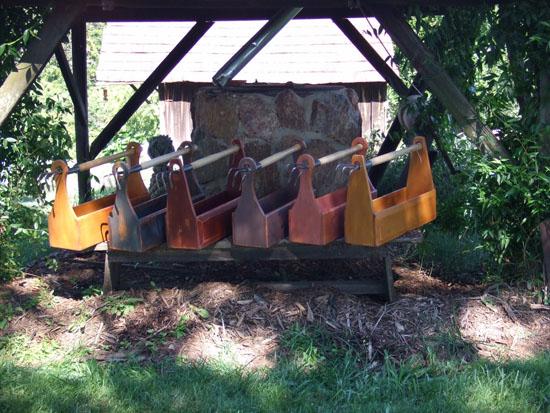 How does designing fit into your lifestyle?
How does designing fit into your lifestyle?
Designing/creating is how I uncover my authentic self and act on it. The quote “By the work one knows the workman” says it best. Whether a person appreciates what I do or they don’t is not as important as the act of bringing an idea, a feeling to life. Working with the creation process, understanding the challenges and overcoming them, creating something useful and pleasing is where my true vocation and occupation come together. So, my work is my full time job.
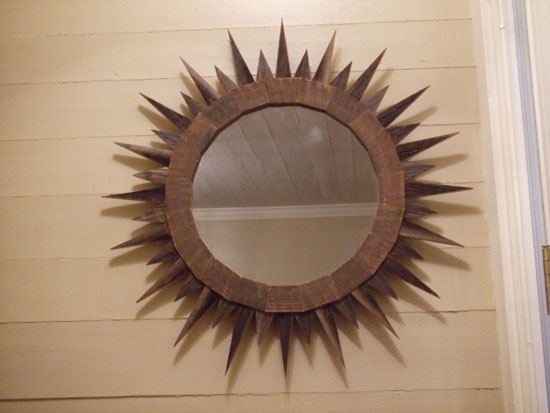 What are some of your other designs?
What are some of your other designs?
Brenda and I try to have breakfast and watch Sunday Morning each week. I love the sun art work. This inspired me to create a series of sun mirrors.
This week I have continued taking down an old barn. I made a checker board with a Celtic ribbon border out of some of the wood I repurposed from that barn. There were also several pieces of wonderfully aged red painted boards that I used to make Brenda a primitive one door 3 shelf wall cabinet. She showed me a strange table in a magazine that we figured out was kite shaped. It took me two tries to make one but it is a very unique small side table and it’s only Wednesday evening. My web site has over 70 items I have made this year.
I am always looking for new inspirations, experimenting, refining until I have it right.
Describe your workspace.
We live in an 1840’s post and beam farm house I restored. Behind the house Brenda and I have side by side studios with wood floors and good windows. My grandmother’s Warm Morning pot belly stove keeps my shop comfortable in the winter time. I am going to have to take a week off and fix up my studio. It’s functional but not too pretty. I have a blacksmith shop in a shed by my studio. Brenda’s description of my work space is sawdust, sawdust, sawdust.
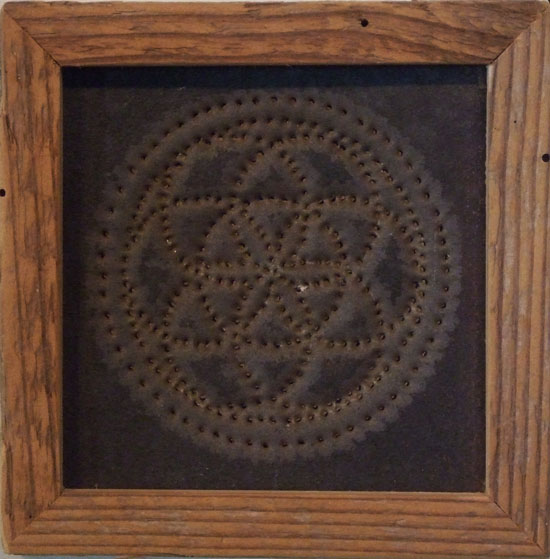 What is most uncommon about you?
What is most uncommon about you?
I am a unique individual. My uncommonness stems from spending most of my life observing. How do the lines come together and work with each other. Which colors are present and how do they blend. What are the effects of textures and light. Can I identify the functions and understand how it works. I question how these observations relate to each other. I debate with myself why objects are pleasing or unsettling to me. These conclusions have become my memory library that I draw from to see things, to create and to interact.
I made a whirligig base on a child’s antique rocking horse and carriage and showed my dad. The horse’s head rocked up and down, the carriage following along. My dad said he remembered riding in a carriage like that when he was three (he was 80 at the time). I asked him what he thought of the whirligig and he said, “Son there is a fine line between crazy and genius. He did not tell me which side of the line I was on, but he had a smile on his face.

